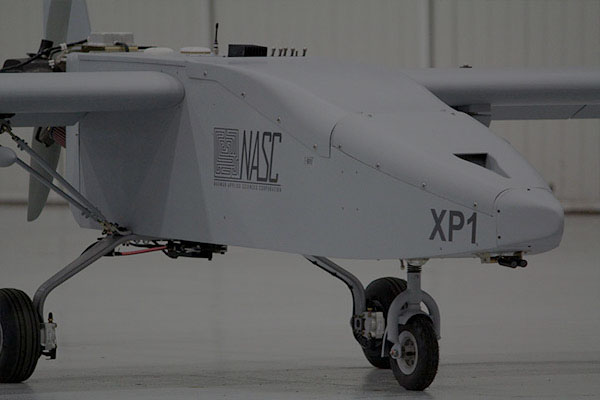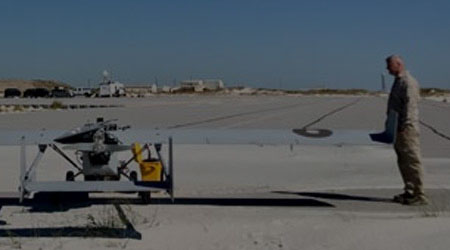
NASC Flight Software
NASC Flight Software
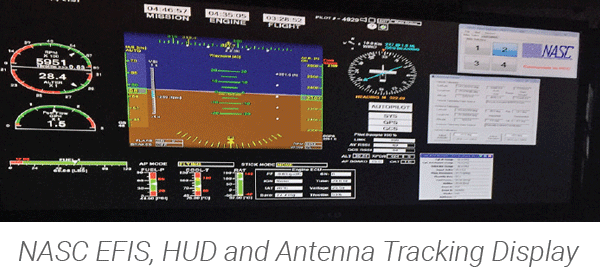
NASC engineers actively develop software for multiple UAV applications. Foremost of these software solutions is the NASC Electronic Flight Instrument Systems or EFIS. EFIS is a UAS Flight Planning and Management Software compatible with the Cloud Cap Piccolo Command Center (PCC) Software. EFIS enhances pilot and aircrew situational awareness, reduces operator workload, and minimizes risks to flight operations. Additionally, NASC offers Heads-up Display (HUD) and Antenna Tracking software that are also compatible with PCC software. All NASC software offerings can be modified to suit specific customer requirements.

NASC engineers actively develop software for multiple UAV applications. Foremost of these software solutions is the NASC Electronic Flight Instrument Systems or EFIS. EFIS is a UAS Flight Planning and Management Software compatible with the Cloud Cap Piccolo Command Center (PCC) Software. EFIS enhances pilot and aircrew situational awareness, reduces operator workload, and minimizes risks to flight operations. Additionally, NASC offers Heads-up Display (HUD) and Antenna Tracking software that are also compatible with PCC software. All NASC software offerings can be modified to suit specific customer requirements.
Electronic Flight Instrument Systems (EFIS)
EFIS acts as a Flight Management System consisting of critical and Primary Flight Display Data. This data contains airspeed, altitude, heading, attitude, vertical speed, engine rpm, and fuel level and can be modified to include more data. The EFIS is designed to improve a pilot’s situational awareness by integrating this information into a single software display instead of several different embedded tabs within the PCC. This software reduces the amount of time necessary to scan or monitor the instruments significantly increasing operator situational awareness and alerting the aircrew to unusual or potentially hazardous conditions.
Should the aircraft fall outside of the standard flight envelope, or the Command and Control Link or GPS become degraded, audible alerts will notify the aircrew. When flying in the manual mode, the EFIS System provides audible airspeed callouts for the pilot. The NASC EFIS has a multitude of unique features and sub menus developed from deployed field experience to provide enhanced flight capability, control, monitoring and recording. The EFIS also allows pilots to send certain commands to the aircraft with the click of a mouse. This software also supports flight operations of multiple aircraft from one GCS. The NASC EFIS can be further customized to meet customer needs should future features, systems or payloads be incorporated.
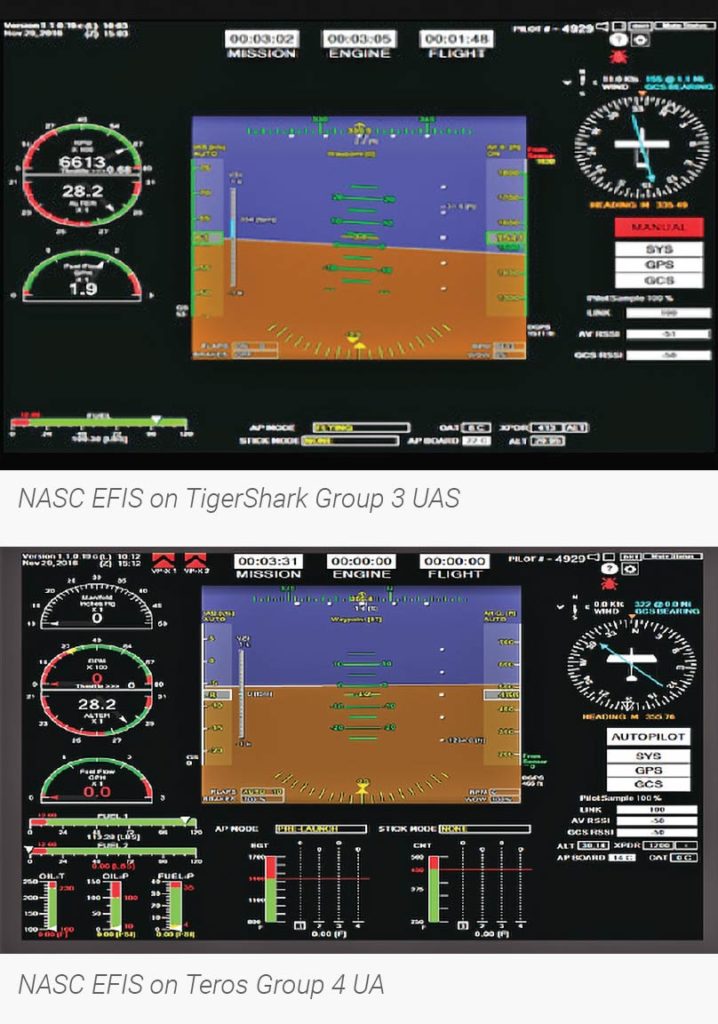

Electronic Flight Instrument Systems (EFIS)
EFIS acts as a Flight Management System consisting of critical and Primary Flight Display Data. This data contains airspeed, altitude, heading, attitude, vertical speed, engine rpm, and fuel level and can be modified to include more data. The EFIS is designed to improve a pilot’s situational awareness by integrating this information into a single software display instead of several different embedded tabs within the PCC. This software reduces the amount of time necessary to scan or monitor the instruments significantly increasing operator situational awareness and alerting the aircrew to unusual or potentially hazardous conditions.
Should the aircraft fall outside of the standard flight envelope, or the Command and Control Link or GPS become degraded, audible alerts will notify the aircrew. When flying in the manual mode, the EFIS System provides audible airspeed callouts for the pilot. The NASC EFIS has a multitude of unique features and sub menus developed from deployed field experience to provide enhanced flight capability, control, monitoring and recording. The EFIS also allows pilots to send certain commands to the aircraft with the click of a mouse. This software also supports flight operations of multiple aircraft from one GCS. The NASC EFIS can be further customized to meet customer needs should future features, systems or payloads be incorporated.
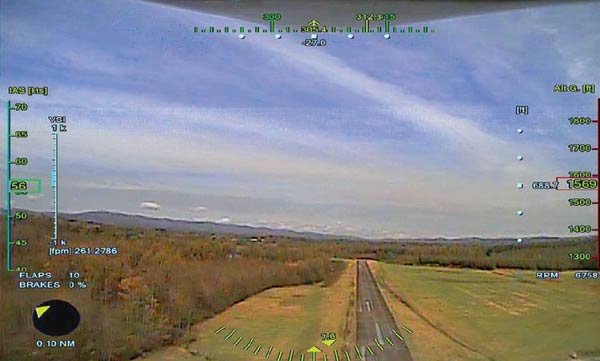
Heads-Up Display (HUD)
The NASC HUD was developed to work with Piccolo software by overlaying Piccolo Command Center flight data on live streaming nose camera video. The HUD displays a variety of data in a selectable color with both day and night settings. Specific configurations settings can be saved for up to four operators.
Antenna Tracking Software
The NASC Antenna Tracker Software allows for auto control of azimuth and elevation functionality. By interfacing with PCC, the antenna software tracks the aircraft throughout its entire programmed flight plan ensuring maximum antenna signal strength. Manual control to adjust antennae settings is also available.
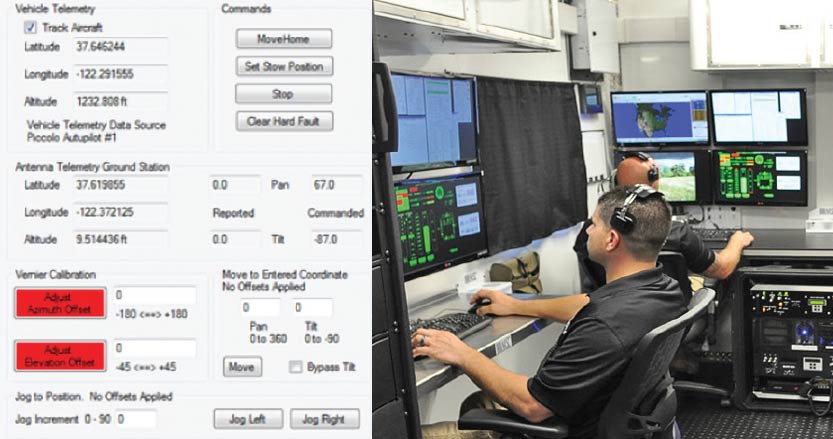

Antenna Tracking Software
The NASC Antenna Tracker Software allows for auto control of azimuth and elevation functionality. By interfacing with PCC, the antenna software tracks the aircraft throughout its entire programmed flight plan ensuring maximum antenna signal strength. Manual control to adjust antennae settings is also available.


